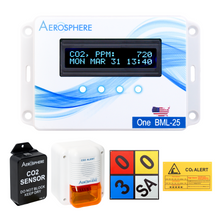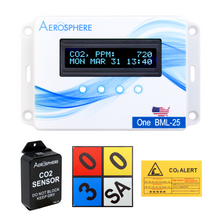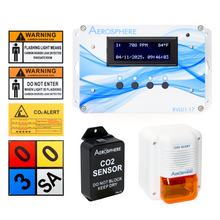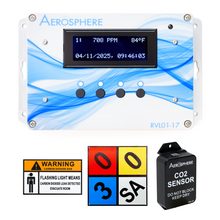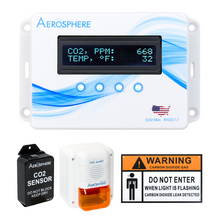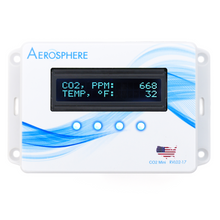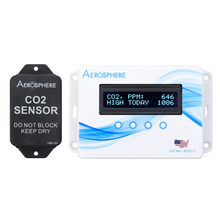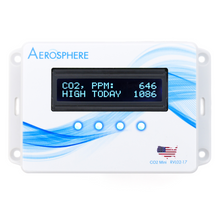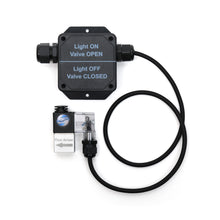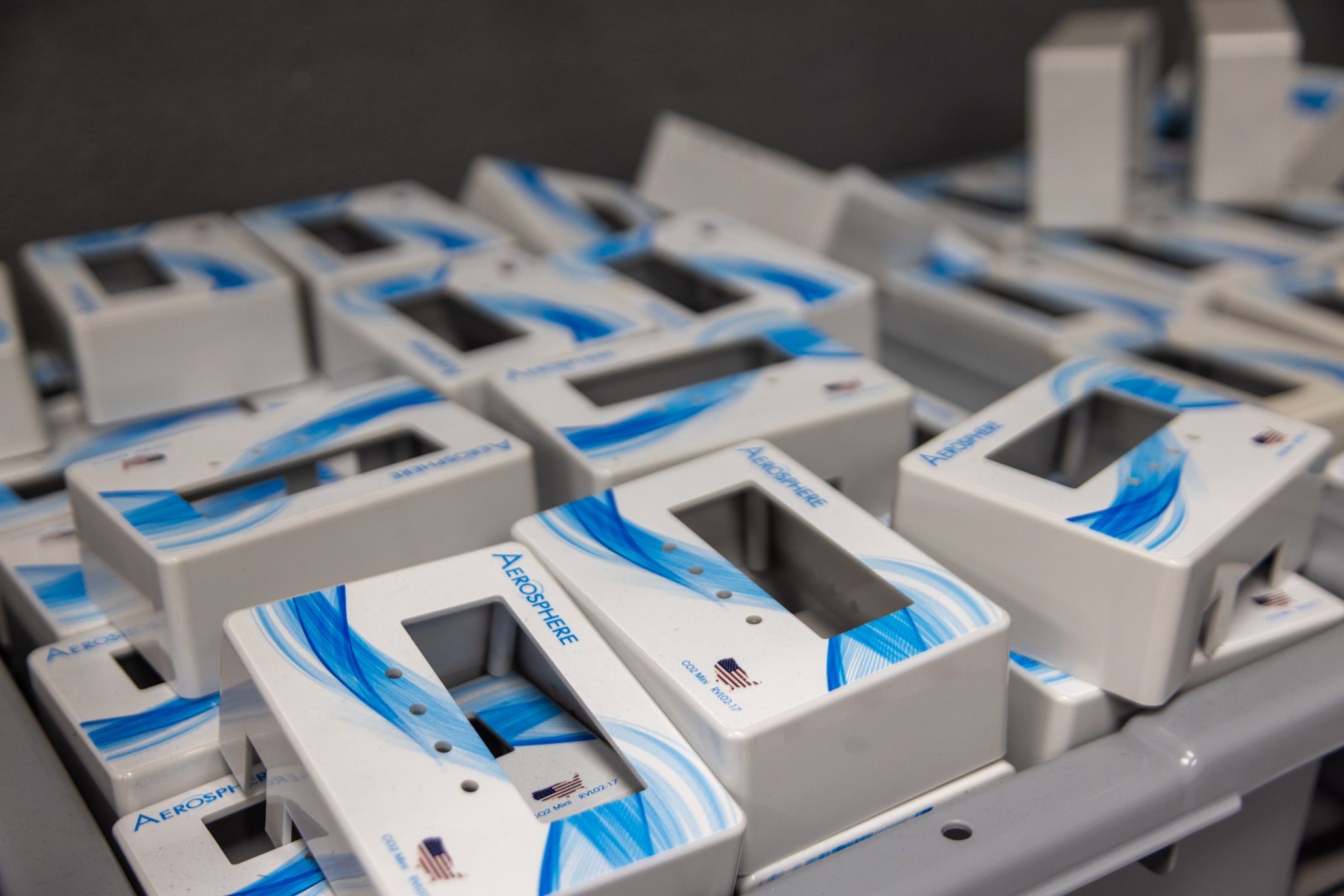CO2 vs. CO: What’s the Difference and Why It Matters
Carbon dioxide (CO2) and carbon monoxide (CO) are two of the most commonly known gases in our environment. While they may sound similar, these gases have some key different in their properties, effects, and risks. Understanding the differences between CO2 and CO is crucial for both environmental awareness and personal safety.
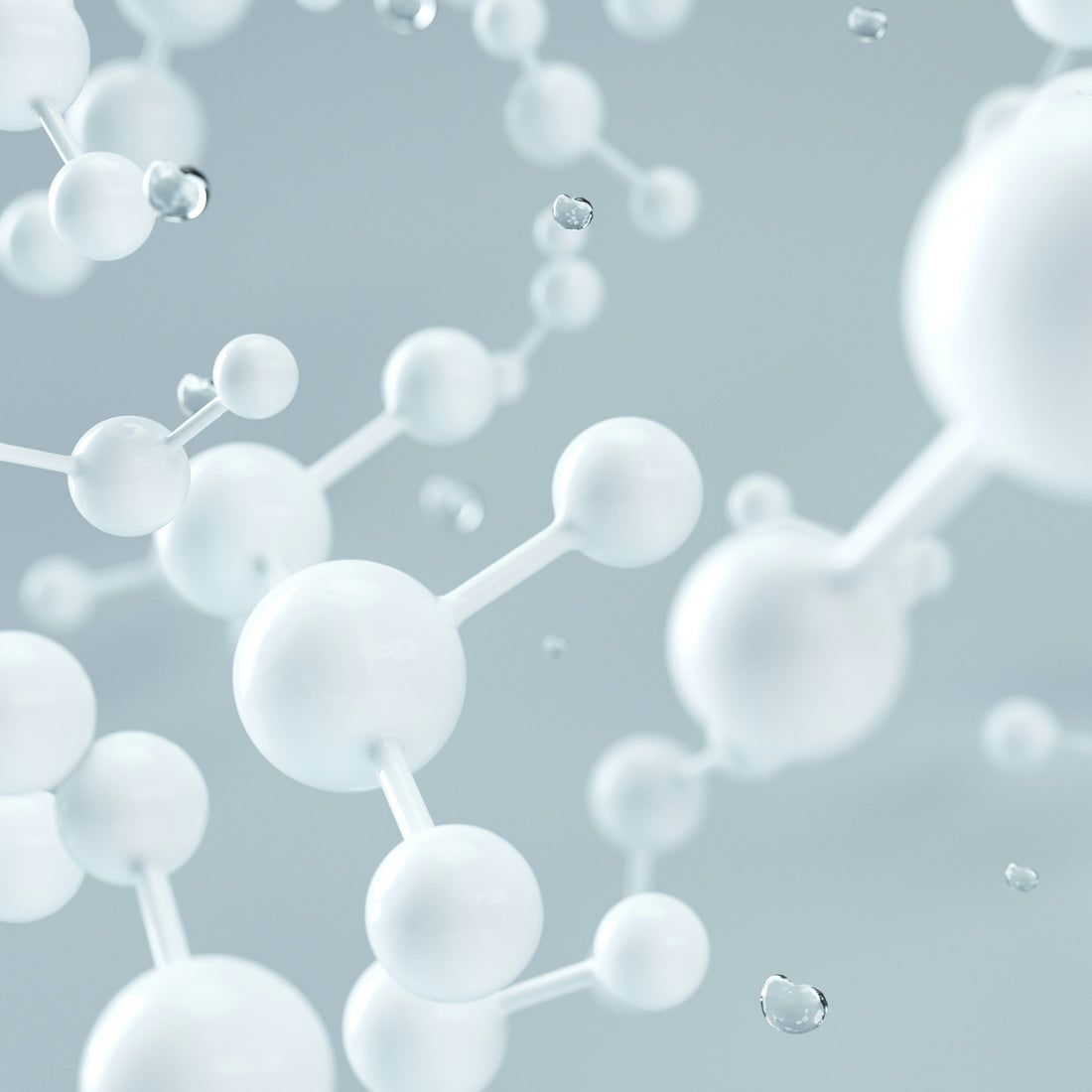
Carbon dioxide (CO2) and carbon monoxide (CO) are two of the most commonly known gases in our environment. While they may sound similar, these gases have some key differences in their properties, effects, and risks. Understanding the differences between CO2 and CO is crucial for health and personal safety.
What is Carbon Dioxide (CO2)?
Carbon dioxide (CO2) is a naturally occurring gas that plays an essential role in the Earth's atmosphere. It consists of one carbon atom and two oxygen atoms and is a key component of the planet's carbon cycle.
CO2 is produced through natural processes such as respiration (breathing), volcanic eruptions, and the decay of organic matter. However, human activities such as the burning of fossil fuels and deforestation have led to increased CO2 levels globally. Even day-to-day activities like usage of combustion appliances, poor ventilation, and smoking tabaco products can create an excess of CO2 levels, worsening indoor air quality.
Key Characteristics of CO2:
- Colorless, tasteless, and odorless
- Occurs naturally in the atmosphere
- Essential for plant photosynthesis
- Heavier than natural air
- Non-flammable
- Can accumulate in enclosed spaces and is dangerous at high levels
Why is CO2 Dangerous?
CO2 is an essential part of many industries but must be properly managed to ensure safety and efficiency. In enclosed environments like restaurants, bars, grow houses, and industrial workplaces, CO2 can accumulate to dangerous levels, posing serious health risks.
According to the USDA Food Safety and Inspection Service, low levels of CO2 exposure can lead to headache and drowsiness. At high enough levels of exposure, rapid breathing, confusion, increased cardiac output, elevated blood pressure, increased arrhythmias, and even suffocation can occur. Ensuring these spaces are equipped with reliable CO2 monitoring and tank services is crucial for both safety and operational efficiency.
What is Carbon Monoxide (CO)?
Carbon monoxide (CO) is a completely different gas, also having a dangerous reputation. It consists of one carbon atom and one oxygen atom and is primarily produced by the incomplete combustion of carbon-based fuels such as gasoline, wood, charcoal, and propane.
Much like CO2, CO is odorless, colorless, and can be deadly when inhaled in high concentrations.
Key Characteristics of CO:
- Colorless, tasteless, and odorless
- Produced by incomplete combustion
- Lighter than air and can quickly spread in enclosed spaces
- Flammable and can pose an explosion risk in certain conditions
- Highly toxic to humans and animals
Why is CO Dangerous?
Unlike CO2, which is relatively harmless at normal atmospheric levels, CO is extremely toxic, even at low levels.
According to the National Library of Medicine, when inhaled, CO binds to hemoglobin in the blood, preventing oxygen from being transported throughout the body. This can lead to symptoms such as dizziness, headaches, confusion, and, in severe cases, unconsciousness or death.
Common sources of CO poisoning include malfunctioning furnaces, car exhaust in enclosed spaces, and the use of fuel-burning appliances indoors without proper ventilation.
Key Differences Between CO2 and CO
| Feature | Carbon Dioxide (CO2) | Carbon Monoxide (CO) |
|---|---|---|
| Chemical Composition | One carbon atom, two oxygen atoms | One carbon atom, one oxygen atom |
| Source | Respiration, combustion, decomposition | Incomplete combustion of fuels |
| Toxicity | Generally safe at low levels, dangerous in high concentrations | Extremely toxic, even in small amounts |
| Odor | Odorless | Odorless |
| Flammability | Non-flammable | Flammable |
How to Protect Yourself from CO2 and CO Exposure
Exposure to CO2 and CO can be an immediate safety risk in any industry where these gases are present. Here are some ways to protect yourself from excessive exposure to both gases:
Preventing CO2 Buildup:
- Install CO2 monitors in enclosed spaces where CO2 is stored and used, such as restaurants (walk-in coolers), bars (beer coolers), breweries, grow houses, and industrial facilities.
- Routinely inspect CO2 storage tanks, piping, and distribution systems to detect leaks or irregularities.
- Open windows and increase ventilation in areas where CO2 can accumulate, preventing excessive buildup.
- Educate your employees on the risks of CO2 overexposure, including symptoms of dizziness, and shortness of breath.
Preventing CO Poisoning:
- Use carbon monoxide detectors wherever fuel-burning appliances are present, whether at home, in the workplace, or in enclosed areas.
- Keep spaces well-ventilated when running gas-powered equipment indoors to prevent CO buildup.
- Schedule regular maintenance on furnaces, water heaters, and other fuel-burning systems to catch potential leaks early.
- Avoid using fuel-burning devices indoors unless they are specifically designed for it. This includes generators, charcoal grills, and portable heaters.
- Know the symptoms of CO poisoning. If you or someone around you starts feeling dizzy, nauseous, or confused, get to fresh air immediately and seek medical help if necessary.
Why Understanding These Gases Matter
CO2 is widely used across various industries, from beverage production and agriculture to medical applications and manufacturing. However, its presence in confined spaces can be hazardous, as high concentrations can displace oxygen and pose serious health risks. Proper monitoring and compliance with safety regulations are essential to prevent dangerous exposure.
On the other hand, CO presents an immediate health hazard, even at low levels. Because it is odorless and colorless, CO can be difficult to detect without proper equipment, making it a serious risk in any space where fuel combustion occurs.
Understanding the roles of CO2 and CO, along with their risks, allows businesses to implement the right safety measures, ensuring workplace compliance and protecting both employees and customers. By staying informed and proactive, industries can operate more safely and efficiently while mitigating the dangers associated with these gases.


